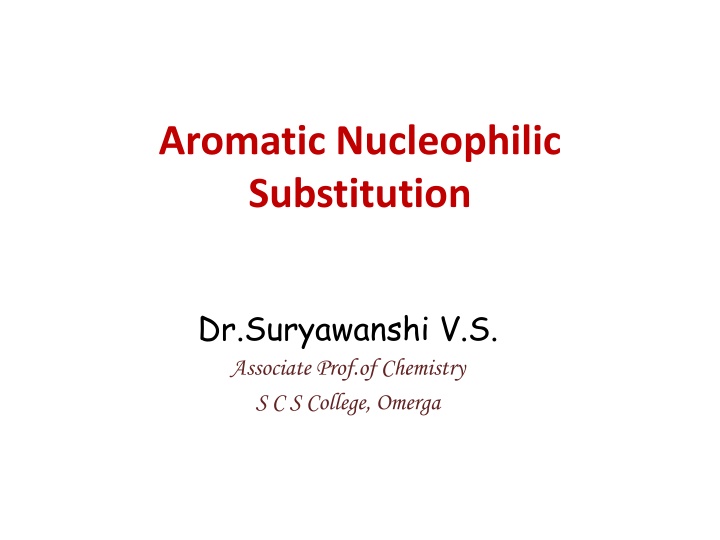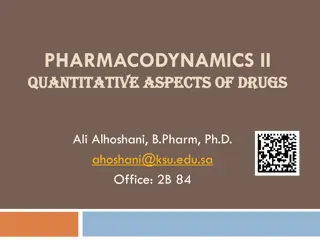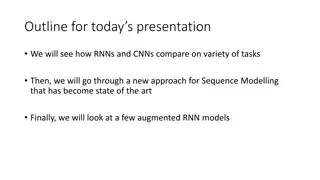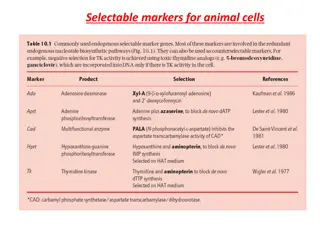Quantitative Modelling of Human Potency: Insights and Analysis
In this research overview, quantitative modelling techniques are used to assess human potency levels. The study compares experimental human and murine skin sensitization induction thresholds, highlighting the agreement and discrepancies. Regression analysis of logNOEL versus logEC3 values is discussed to understand the relationship and predictability. Furthermore, the potential of modelling human potency directly from chemical compositions is explored by categorizing aliphatic aldehydes based on skin sensitizing potency. The findings provide valuable insights into understanding and predicting human potency levels.
Download Presentation

Please find below an Image/Link to download the presentation.
The content on the website is provided AS IS for your information and personal use only. It may not be sold, licensed, or shared on other websites without obtaining consent from the author.If you encounter any issues during the download, it is possible that the publisher has removed the file from their server.
You are allowed to download the files provided on this website for personal or commercial use, subject to the condition that they are used lawfully. All files are the property of their respective owners.
The content on the website is provided AS IS for your information and personal use only. It may not be sold, licensed, or shared on other websites without obtaining consent from the author.
E N D
Presentation Transcript
Aromatic Nucleophilic Substitution Dr.Suryawanshi V.S. Associate Prof.of Chemistry S C S College, Omerga
These reactions cannot occur by an SN1 or SN2 mechanism since SN1 reaction leads to unstable phenyl carbocation while SN2 reaction requires backside attack: bad geometry!
However, SN Ar, SN1 and Benzyne mechanism has been proposed to explain aromatic nucleophilic substitution reaction. A. Nucleophilic Aromatic Substitution by Addition Elimination (SN Ar): Aryl halides with strong electron-withdrawing groups (such as NO2 , Carbonyl gr., -CN etc) on the ortho or para positions react with nucleophiles to give substitution products. For example: Nucleophilic aromatic substitution occurs with a variety of strong nucleophiles, including OH, OR, NH2, SR, and in some cases, neutral nucleophiles such as NH3 and RNH2.
Nucleophilic Aromatic Substitution by AdditionElimination Mechanism It is a two step mechanism:
In nucleophilic aromatic substitution, the following trends in reactivity are observed. (Evidences for above mechanism) 1) Increasing the number of electron-withdrawing groups increases the reactivity of the aryl halide. Electron-withdrawing groups stabilize the intermediate carbanion, and by the Hammond postulate, lower the energy of the transition state that forms it.
2) Increasing the electronegativity of the halogen increases the reactivity of the aryl halide. A more electronegative halogen stabilizes the intermediate carbanion by an inductive effect, making aryl fluorides (ArF) much more reactive than other aryl halides, which contain less electronegative halogens. Rate: X= F Cl Br I
Relative rates of reactions of halobenzenes with sodium methoxide in methanol at 50oC.
Isolation of intermediate carbanion gave a strong evidence for above mechanism.
Sangers Method of N-terminal Amino acid determination in proteins: This method was introduced in 1945 and used in the structural elucidation of insulin, reported in 1955. Sanger was awarded Nobel prize for chemistry in 1958 for those contributions.
B. Nucleophilic Aromatic Substitution by EliminationAddition: Benzyne Aryl halides that do not contain an electron-withdrawing group generally do not react with nucleophiles. Under extreme reaction conditions or with strong bases, however, nucleophilic aromatic substitution can occur with aryl halides. For example: Mechanism:
Evidences for proposed Benzyne Mechanism: 1. Formation of mixtures of Products from substituted aryl halides can only be explained by intermediacy of benzyne intermediate. Mechanism:
2. Unlike addition-elimination, the order of halogen reactivity in these reactions is I > Br > Cl > F. 3. Another evidence for this mechanism is reaction of 2,6-dimethylchlorobenzene with sodium amide in liquid ammonia. No substitution is observed in this reaction obviously because there are no hydrogen atoms beta to the chlorine for the initial elimination step. 4. Further support was obtained by trapping the benzyne intermediate in a Diels-Alder reaction.
One can generate benzynes without having to resort to strong bases.
C. Nucleophilic Aromatic Substitution by SN1 mechanism: Aryl diazonium salts on treatment with nucleophiles undergo nucleophilic substitution by SN1 mechanism. For example: Mechanism:
Evidences for this mechanism: 1. The rate of decomposition of diazonium follows first order kinetics. 2. On addition of hailde salt in high concentration, the product formed is aryl halide, however, rate of reaction is independence of concentration of added halide salt. 3. The isomerisation of isotopically lebelled p-tolune diazonium N15 fluoroborate was obeserved during reaction For example:























